Unraveling the Components of Rear Axle Drivetrains
The rear axle and its associated components play a critical role in a vehicle's drivetrain, ensuring efficient power transfer and stable performance. Terms such as fwd rear axle, independent rear drive axle, rear axle drive shaft, rear differential drive shaft, and rear end drive shaft describe various elements that work in tandem to enable a vehicle to move. Understanding these components is essential for automotive enthusiasts, mechanics, and engineers alike.
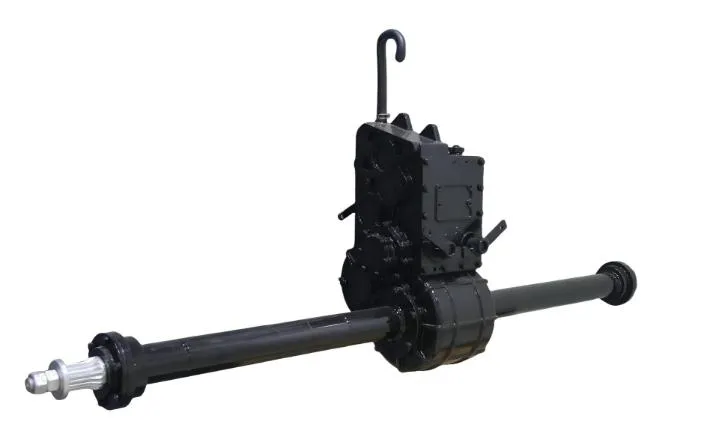
Deciphering the FWD Rear Axle
In vehicles with a fwd rear axle setup, the front wheels are primarily responsible for propulsion, while the rear axle has its own distinct functions. The rear axle in a front - wheel - drive vehicle often serves as a support structure for the rear wheels, handling the vertical loads and lateral forces generated during driving. It includes components like wheel hubs, bearings, and suspension links that work together to maintain wheel alignment and ensure a smooth ride. Although it doesn't directly receive power from the engine for propulsion in FWD vehicles, the rear axle's integrity is crucial for overall vehicle stability, especially during cornering and braking.
The Innovation of Independent Rear Drive Axles
Independent rear drive axles represent a significant advancement in automotive design. Unlike traditional solid rear axles, independent rear drive axles allow each rear wheel to move vertically independently of the other. This setup provides several benefits, including improved ride comfort, enhanced handling, and better traction. In an independent rear drive axle system, each wheel is connected to the vehicle body through its own set of suspension components, such as control arms, springs, and shock absorbers. The drive shaft in this configuration is designed to transfer power from the differential to each individual wheel, enabling precise control over torque delivery and allowing the wheels to adapt to uneven road surfaces more effectively.
The Role of the Rear Axle Drive Shaft
The rear axle drive shaft is a key component in the drivetrain that transfers rotational power from the transmission or transfer case to the rear axle. It is a long, cylindrical shaft typically made of high - strength steel or lightweight materials like aluminum. The drive shaft rotates at high speeds and must be able to withstand significant torque and vibrations. In rear - wheel - drive and four - wheel - drive vehicles, the rear axle drive shaft is essential for transmitting power to the rear wheels, enabling the vehicle to move forward. Universal joints or constant - velocity joints are often incorporated into the drive shaft to allow for changes in angle as the vehicle moves over uneven terrain or as the suspension compresses and rebounds.
Rear Differential Drive Shaft: Ensuring Smooth Power Distribution
The rear differential drive shaft is closely linked to the rear differential, which is responsible for splitting the engine's torque between the two rear wheels. The drive shaft connects the differential to the wheels, ensuring that power is distributed evenly and allowing the wheels to rotate at different speeds during cornering. This is crucial for maintaining traction and preventing tire scrubbing. The rear differential drive shaft must be precisely engineered to handle the forces generated by the differential and the wheels. It works in harmony with other components like the pinion shaft and ring gear within the differential to ensure smooth and efficient power transfer, contributing to the overall performance and drivability of the vehicle.
Rear End Drive Shaft: A Vital Link in the Drivetrain
The rear end drive shaft encompasses the various shafts and components that make up the rear portion of the drivetrain. It includes elements from the point where power leaves the transmission or transfer case until it reaches the rear wheels. This can involve the main rear drive shaft, as well as any additional shafts or components that connect to the differential and wheels. The rear end drive shaft is designed to withstand the rigors of daily driving, including acceleration, deceleration, and the stresses of different road conditions. Any issues with the rear end drive shaft, such as wear, misalignment, or damage, can lead to vibrations, reduced performance, and potential drivetrain failures if not addressed promptly.
FAQs about Rear Axle Drivetrain Components
Maintenance Tips for Rear Axle Drive Shafts
Regular maintenance of rear axle drive shafts is essential for their longevity. Check for signs of wear, such as cracks, dents, or excessive play in the joints. Lubricate universal joints and constant - velocity joints according to the manufacturer's recommendations to reduce friction and prevent premature wear. Inspect the drive shaft for proper alignment and balance, as misalignment can cause vibrations that can damage other drivetrain components. If any issues are detected, have the drive shaft serviced or replaced by a qualified mechanic.
How to Identify Problems with Independent Rear Drive Axles
Problems with independent rear drive axles can manifest in several ways. Unusual noises, such as clunking or grinding sounds, may indicate worn - out bearings or damaged suspension components. Poor handling, including excessive body roll during cornering or uneven tire wear, could be a sign of issues with the independent rear drive axle setup. Additionally, vibrations felt in the vehicle's cabin, especially at higher speeds, might be related to problems with the drive shaft or other components within the independent rear drive axle system. A professional diagnostic inspection can help accurately identify the root cause of these problems.
Compatibility of Rear Differential Drive Shafts in Different Vehicles
The compatibility of rear differential drive shafts varies depending on the vehicle make, model, and drivetrain configuration. When replacing a rear differential drive shaft, it's crucial to ensure that the new shaft is designed for the specific vehicle's differential and drivetrain setup. Factors such as shaft length, diameter, the type of joints used, and the mounting points must match precisely. Using an incompatible drive shaft can lead to improper power transfer, vibrations, and potential damage to the differential and other drivetrain components. Consult the vehicle's service manual or a professional parts supplier for the correct replacement part.
Upgrading Rear End Drive Shafts for Performance
For automotive enthusiasts looking to enhance vehicle performance, upgrading the rear end drive shaft can be an option. High - performance drive shafts made from lightweight materials like carbon fiber can reduce rotational mass, resulting in quicker acceleration and improved handling. Upgraded drive shafts may also feature stronger joints and better balance, allowing them to handle increased torque from modified engines. However, it's important to ensure that any upgrades are compatible with the vehicle's existing drivetrain components and that proper installation is carried out to avoid potential issues.
The Impact of FWD Rear Axle Design on Vehicle Handling
The design of the FWD rear axle can have a significant impact on vehicle handling. A well - designed rear axle setup in a front - wheel - drive vehicle can help balance the weight distribution, improving stability during high - speed driving and cornering. The type of suspension used with the rear axle, along with the alignment and tire characteristics, all contribute to how the vehicle responds to steering inputs. A properly tuned FWD rear axle can minimize understeer, a common handling trait in front - wheel - drive vehicles, and provide a more balanced and enjoyable driving experience.
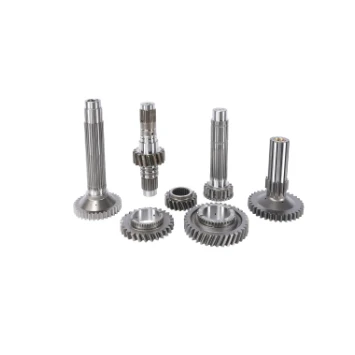
The agricultural and industrial machinery sector is experiencing remarkable growth, and at the heart of this expansion lies the trade and supply of tractors.
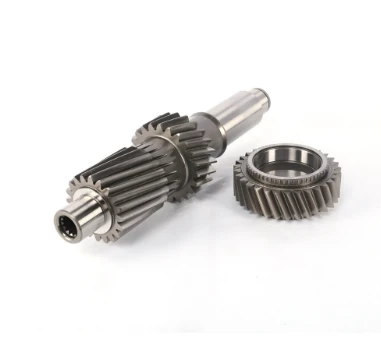
In the world of heavy - duty construction, the seamless operation of machinery is crucial for large - scale projects.
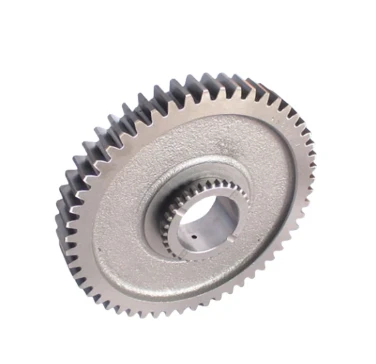
The world of tractors is vast and varied, catering to both practical agricultural needs and the passionate interests of collectors.
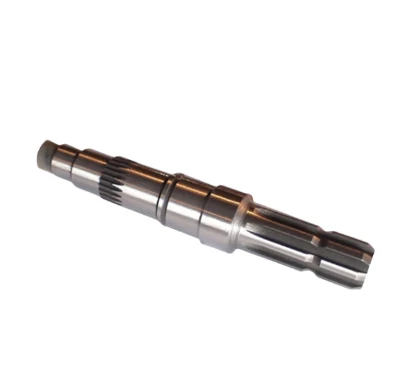
The agricultural and construction machinery landscape is constantly evolving, with tractors standing as essential workhorses for a variety of tasks.
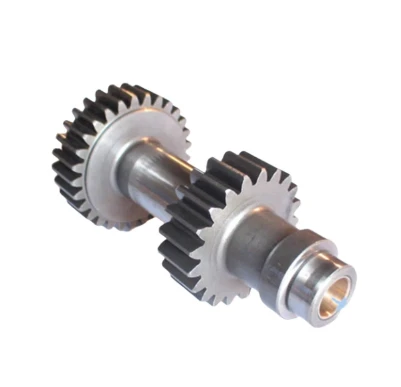
In the intricate world of mechanical engineering, gears are fundamental components that enable the seamless transfer and manipulation of power.
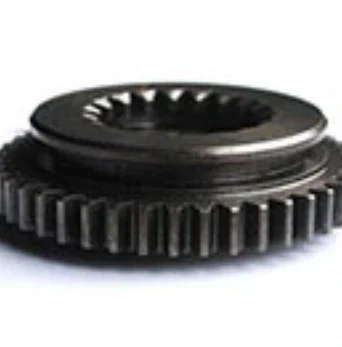
The market for tractors is a bustling hub, catering to a wide range of needs from large - scale farming operations to small - scale gardening projects.
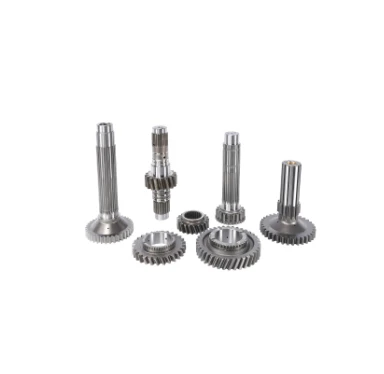
In the dynamic world of farming, machinery has become an essential part of efficient and productive operations.
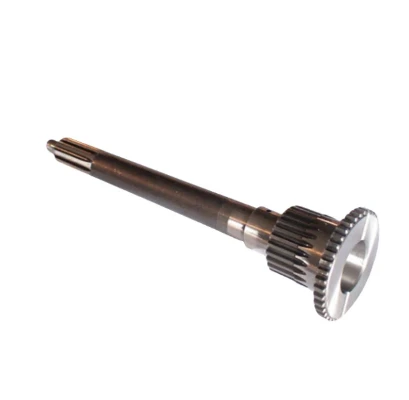
In the expansive realm of agriculture, various tools and machines play crucial roles in ensuring efficient crop production and overall farm management.
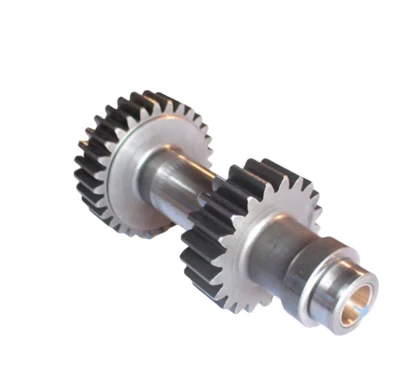
Tractors are essential workhorses in the agricultural and construction sectors, playing a pivotal role in a wide range of tasks.
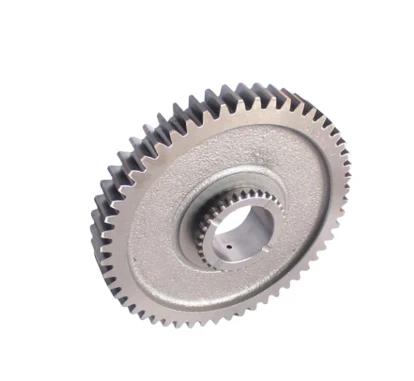
The agricultural and construction sectors rely heavily on tractors for their operations, and the entities involved in the production, distribution, and pricing of these machines shape the industry's trajectory.
International layout
Spread all over the world
our products are exported to various parts of the world. Currently, our products have been exported to more than 40 countries Our products cover Asia, Europe, Africa, South America, North America, and Oceania
Sign up
for Newsletter
Subscribe to the weekly newsletter for all the latest updates







